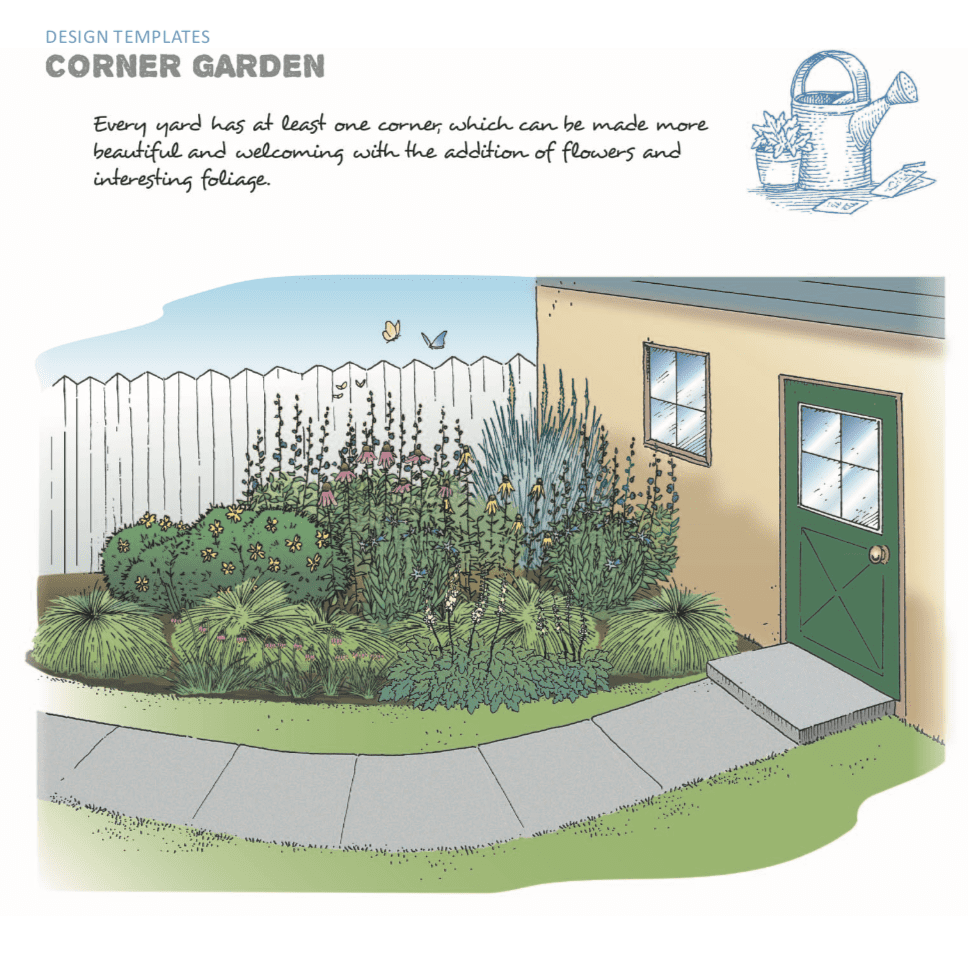Vertical Oasis Unveiled: Exploring Green Wall Landscaping Green wall landscaping, also known as vertical gardening, is a sustainable and visually...
Sustainable outdoor design.
Harmony in Nature: The Essence of Native Plant Landscaping In the world of landscaping, a shift towards sustainability and ecological...






